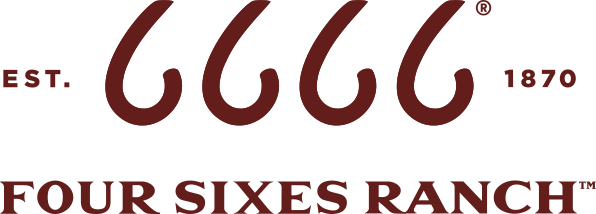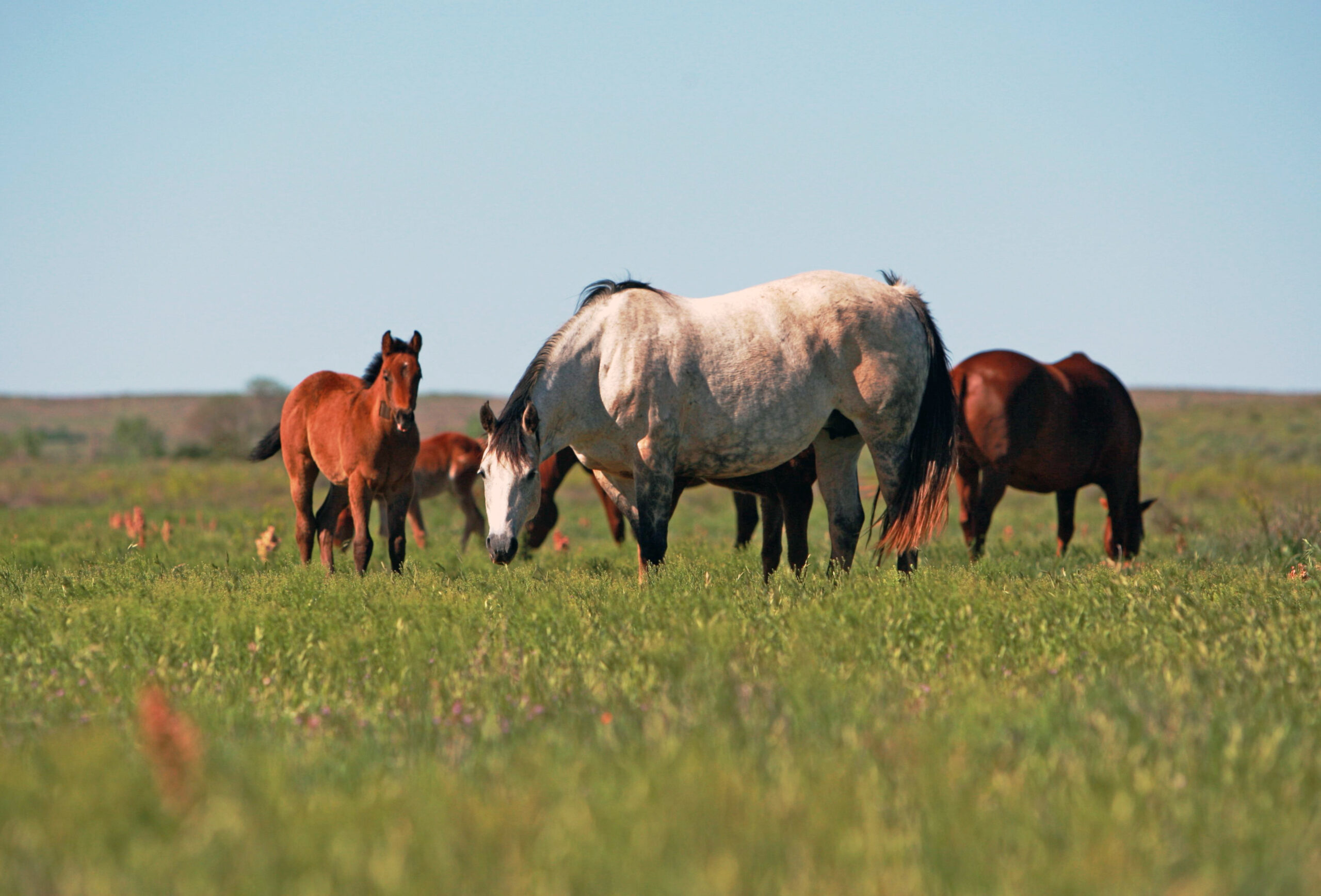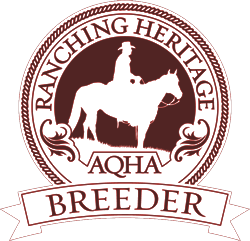You’ve had your horse genetic tested—now what?
Find out what your horse’s test results mean and how it will affect them.
Article by American Quarter Horse Association
Once you have received your horse’s genetic test results, you may be wondering what these letters mean. AQHA has compiled resources to educate owners and breeders about how genetic diseases affect an American Quarter Horse and how genetic make-up affects offspring. The information provided here is a tool – owners and breeders are encouraged to consult with their veterinarians to identify if special care is needed for affected individuals and breeding decisions.
Select a genetic test below, then your horse’s results to learn if and how they are affected.
Inheritability Overview
Genetic defects are mutations, or changes in DNA sequence, of normal genes
Mutations can occur when DNA is replicated as part of cell division and are a mechanism for genetic diversity in populations. However, when a mutation occurs that is detrimental to gene function, they can affect the horse’s health and can be passed on to offspring. When this happens, a defect is formally recognized. Sometimes the origin of mutations can be traced back to specific horses, other times they are older genetic mutations so tracing them to their origin is difficult or impossible.
Each parent passes on one half of a foal’s genes
When referring to genetic defects, if a parent passes on a normal gene, it is notated by “N”. If a parent passes on a mutated form of a gene, it is notated by an abbreviation of the defect name. For example, HYPP is notated as “H”, HERDA is notated as “HRD”, GBED is notated as “G”, etc. When a horse inherits one mutated gene from one parent, and a normal gene from the other they are considered “heterozygous”. When they inherit the mutation from both parents, they are considered “homozygous positive” for the gene.
Genetic defects can be classified as dominant or recessive mutations
With a dominant disorder only one copy of the mutation is required to affect a horse. These horses are described as affected or are at risk of experiencing symptoms when they inherit one copy. In some cases, those with two copies (homozygous) for a dominant disorder may have a more severe form of the disease. A recessive condition requires two copies of the mutation to affect a horse. Horses with two copies of a recessive mutation are referred to as affected. A horse with one copy of a recessive mutation is referred to as a carrier. A carrier does not experience symptoms of the disorder but can pass it on to offspring.
Understanding genetic mutations is important for careful consideration when managing affected horses
Furthermore, genetic health panel results should be carefully considered when making thoughtful breeding decisions. This is the best way to prevent further issues and protect future generations of quarter horses.
Terms
- Heterozygous: Your horse has two different versions of a gene. For example: N/HRD
- Homozygous: Your horse carries the same version of a gene. For example: H/H, PSSM/PSSM, or N/N.
- Affected: Your horse will show signs or symptoms of a particular disorder or are susceptible to disease.
- Carrier: Your horse has one copy of a mutation that causes a recessive genetic disorder.
- Mutation: a specific change in the DNA sequence, this is also known as a variant.
